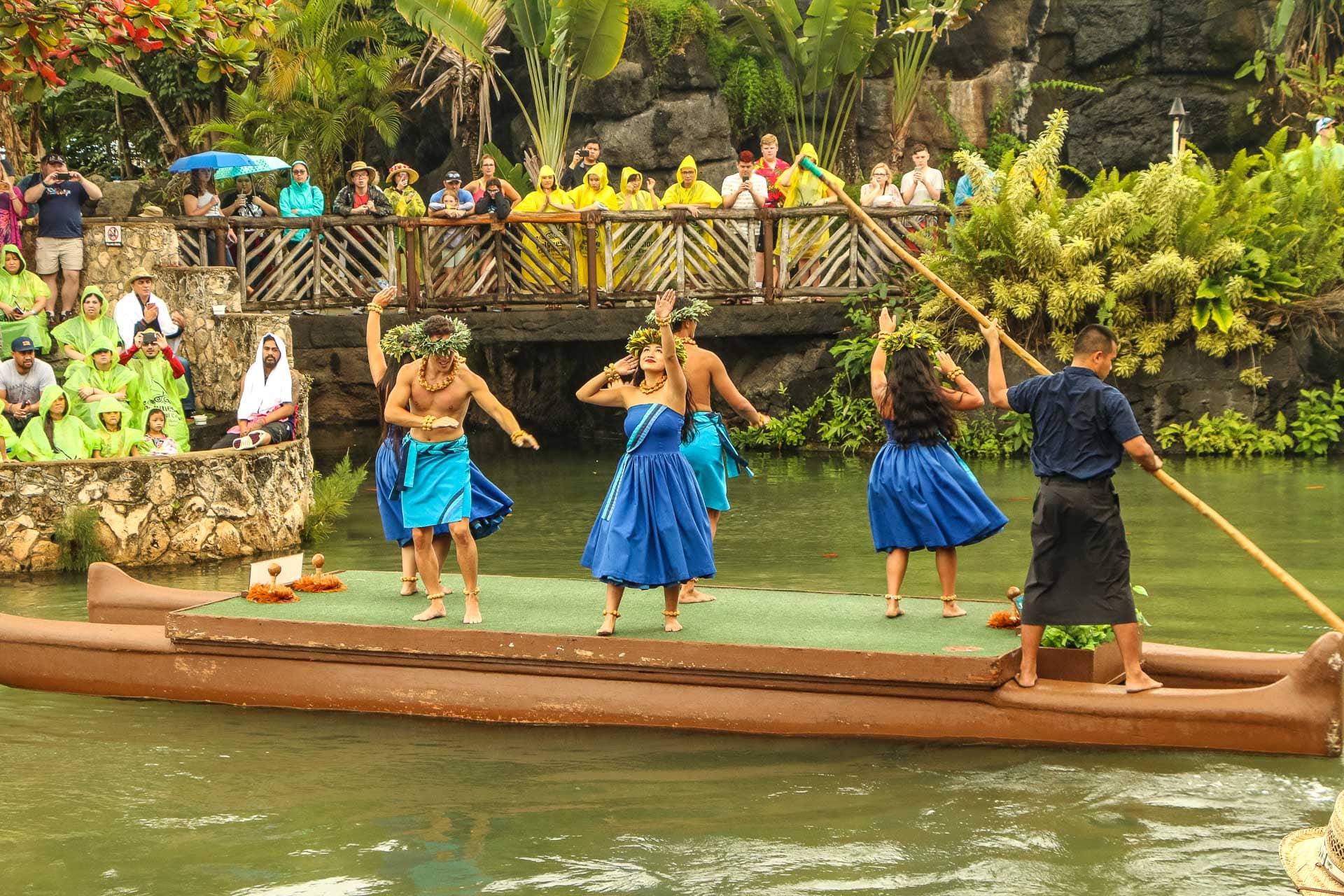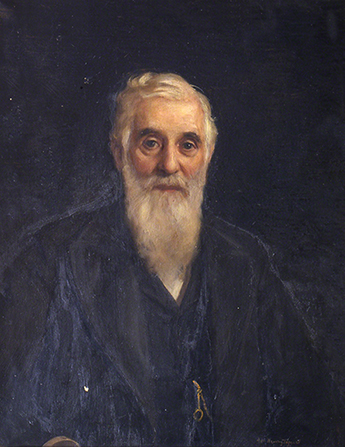Joseph F. Smith's Mission to Hawaii

To watch on Youtube click here: https://youtu.be/BJmBy1t9mv4
To listen on Spotify click here: https://creators.spotify.com/pod/profile/krystine-stephenson/episodes/Joseph-F--Smith-Hawaiian-Mission-of-The-Church-of-Jesus-Christ-of-Latter-day-Saints-e37ljuf
Joseph F. Smith, the sixth prophet of The Church of Jesus Christ of Latter-day Saints had a very difficult start to life, being born during the Missouri mobs, losing his father at age five and his mother while a teen. The leaders of The Church took an active part in helping Joseph F. through life and as a mere boy he receives his temple blessings in the old endowment house and was set apart to be a mission at age 15 by Parley P. Pratt.
On the journey to his mission in Hawaii, Joseph F. Smith was on the boat the fateful day of the boat incident with Lorenzo Snow. Lorenzo Snow would have died without intervention from God. The boat Lorenzo and others was on had capsized in rough ocean waves. Just before the boat capsized Joseph F. was told to get on the boat, which was a small dingy in rough water. Joseph F. Smith said only "if you command me to do it in the name of the Lord, I will come, otherwise, no." He had to stand there in terrible anxiety, he sees the boat capsize and Lorenzo Snow disappear.(read this story here)
Lorenzo Snow, later said that in that moment of Joseph F. Smith refusing to get into the boat, it was witnessed to Lorenzo of the future mission of this young man. Lorenzo recorded that he thought "that young man is going to be a leader in the Church."
Early Missionaries to Hawaii
In the year 1850 George Q. Cannon was called as one of the ten first missionaries to the Sandwich islands. The group of missionaries had a very difficult time in Hawaii and ended up leaving early. Even the mission president had gone home, believing it was not going to work out on the Sandwich Islands. George Q. Cannon, was inspired by God and refused to leave early from his Hawaii mission. George Q. Cannon felt strongly that there were people on the Sandwich islands who were ready and prepared to receive the gospel of Jesus Christ. Through much prayer and inspiration he converted at least 100 on the island of Maui, and that was the beginning of the restored Church of Jesus Christ of Latter-day Saints in Hawaii.
Joseph F. Smith Mission in Hawaii
In 1854, only four years after the first missionaries, Joseph F. Smith landed in Hawaii for his first mission. It was six weeks before his 16th birthday when Joseph F. Smith arrived to this new land. This newly orphaned Joseph F. Smith faced the challenges of a mission without the earthly support of a father or a mother. Joseph F.'s mother had passed away only two short years before and this teenage boy was now to start sharing the gospel in a very unfamiliar place, in a new language.
When Joseph F. Smith first arrived to the Sandwich islands he struggled to learn the Hawaiian language. He spent hours working on mastering the language and in the end felt as though it was never going to come. Joseph F. Smith turned to his Father in Heaven in prayer, and the Lord helped Joseph F. become fluent in the Hawaiian language. Joseph F. recognized that it was only through the power of God that he was able to master the language, it only took him three months. The young elder “sought earnestly the gift of tongues,” he remembered, “and by this gift and by study, in a hundred days after landing upon those islands I could talk to the people in their language as I now talk to you in my native tongue.” Extraordinary fluency in the language enabled him to personally minister to the Hawaiian people.
Even though Joseph F. was so young he was appointed to preside on the island of Maui, then at Hilo on the island of Hawaii, and later on the island of Molokai. It was on Molokai, when Joseph F. contracted a severe fever and was seriously ill for three months. Sickness in Hawaii was not uncommon, the Natives were often sick because of unsanitary conditions. At the time the Hawaiians were living in dirty areas with little means. Often times the people would live with their animals inside their homes and living spaces, not knowing it was these unsanitary conditions helping to fuel the sickness.
A dear sister, Ma Mahuhii, attended him as lovingly as though he were her own son. She took care of him as though she was his mother, nursing him back to health. It took months before Joseph F. was healed from his infection, he suffered for 3 months all while this wonderful sister watched over him and mothered him through this sickness. Joseph F. Smith's sickness continued to worsen and at one point, he was close to death. As a gift from God there was a wonderful native woman took Joseph F. in, and nursed him back to health, as if she was his mother. It took over three months to nurse Joseph F. Smith back to health, and this woman helped him the whole time. The young Joseph F. was only fifteen years old, in an area far from home, and without a mother. This woman was a gift from heaven, and Joseph F. honored her for the rest of his life, for the sacrifice and help she gave him during that time.
It is not a coincidence that The Laie Hawaii Temple has beautiful symbolism pointing to motherhood. The fountain running down the front of the Temple symbolizes how righteous mothers effect generations. The fountain is called the "Maternity Fountain", Located in front of the highest pool, this fountain depicts a Hawaiian mother pouring water from a giant clam shell over her children. The water symbolizes the love, hope, and care that mothers give to their children.
In 1915 at the site dedication of the La'ie Hawaii Temple President Joseph F. Smith met his reunited with the "mother" who saved his life all those years ago. This was recorded by Charles W. Nibley, a traveling companion of President Joseph F. Smith.
Nibley recorded:
"In the midst of it all I noticed a poor, old blind woman tottering under the weight of about ninety years, being led in. She had a few choice bananas in her hand. It was her all-her offering. She was calling "Iosepa, Iosepa!" Instantly, when he saw her, he ran to her and clasped her in his arms, hugged her and kissed her over and over again, patting her on the head saying "Mama, Mama, my dear old Mama!" And with tears streaming down his cheeks he turned to me and said "Charley, she nursed me when I was a boy, sick and without anyone to care for me. She took me in and was a mother to me!" O, it was touching- it was pathetic. It was beautiful to see the great, noble soul in loving, tender remembrance of kindness extended to him, more than fifty years before; and the poor old soul who had brought her loving offering- a few bananas- it was all she had- to put into the hand of her loved Iosepa."
This faithful adopted mother to the Prophet Joseph Smith lived to see the Laie Temple dedicated, and received her endowment the day after the temple was in operation.
Elder Woolley recorded:
"Ma Manuhii, an old helpless blind lady who was a dear friend to Pres. Joseph F. Smith wasw carried into the Temple and received her blessings and was sealed to her husband. She heard the voice of the late Pres. Smith sayd 'Aloha' to her. Also, saw a dove of light on the end of her bench."
Elder Nathan Ford Clack and Elder Francis Newman carried Sister Manuhi'i through the session from room to room. Elder Clark added that "also in one of the rooms a dove flew through the window and sad on the end of her bench."
A week after the temple opened, Sister Manuhi'i asked that Hawaiian Mission President E. Wesley Smith, son of the late prophet, to visit her. When he came she held his hand and kissed it and wept. Manuhi'i said "It is enough" in Hawaiian "I am ready to go now." and she died the next morning December 11, 1919.
References:
"The Presidents of The Church" by Truman G. Madsen
"Gathering to La'ie" Riley M. Moffat, Fred Woods, Jeffery N. Walker p 119-121










